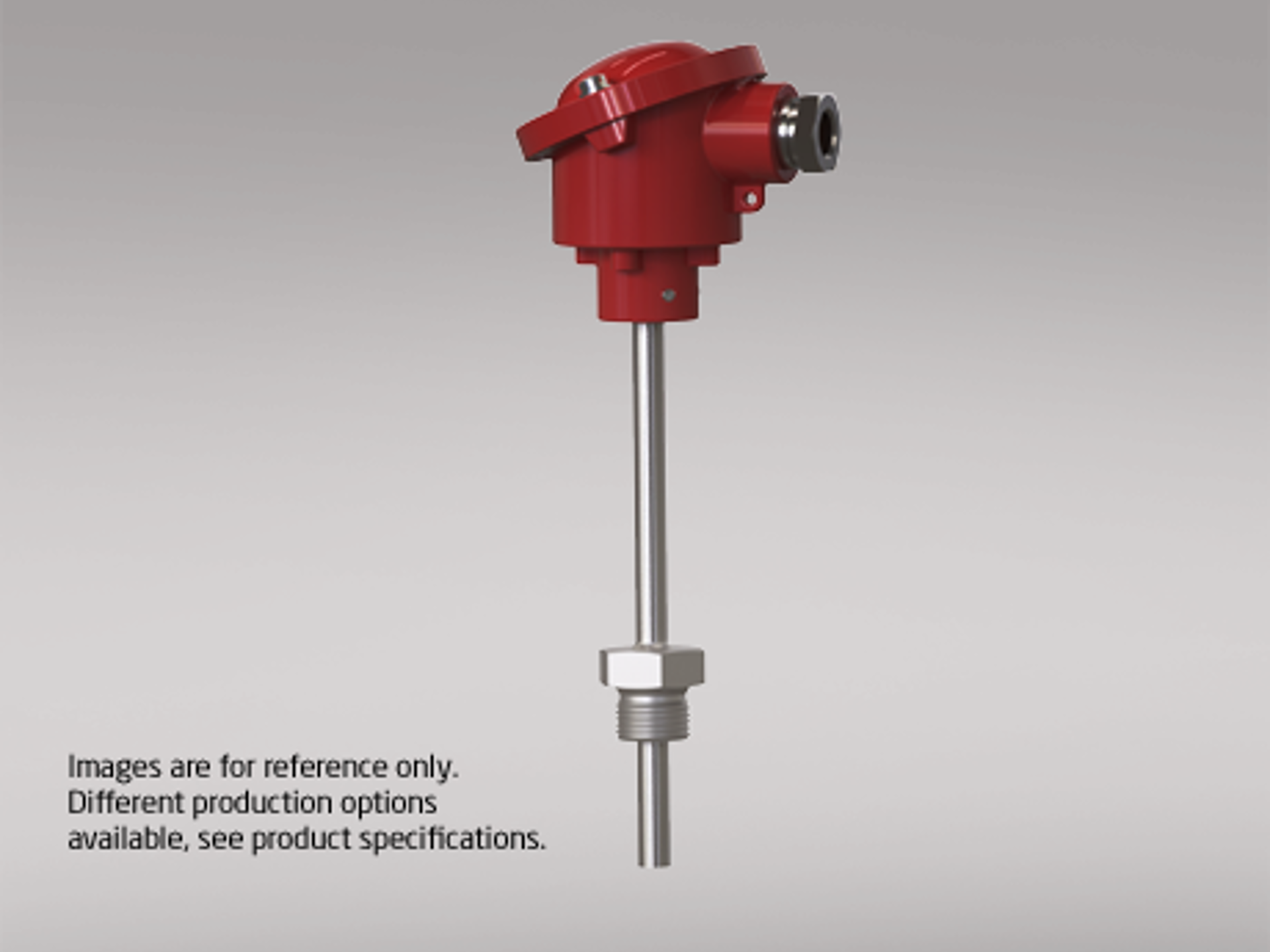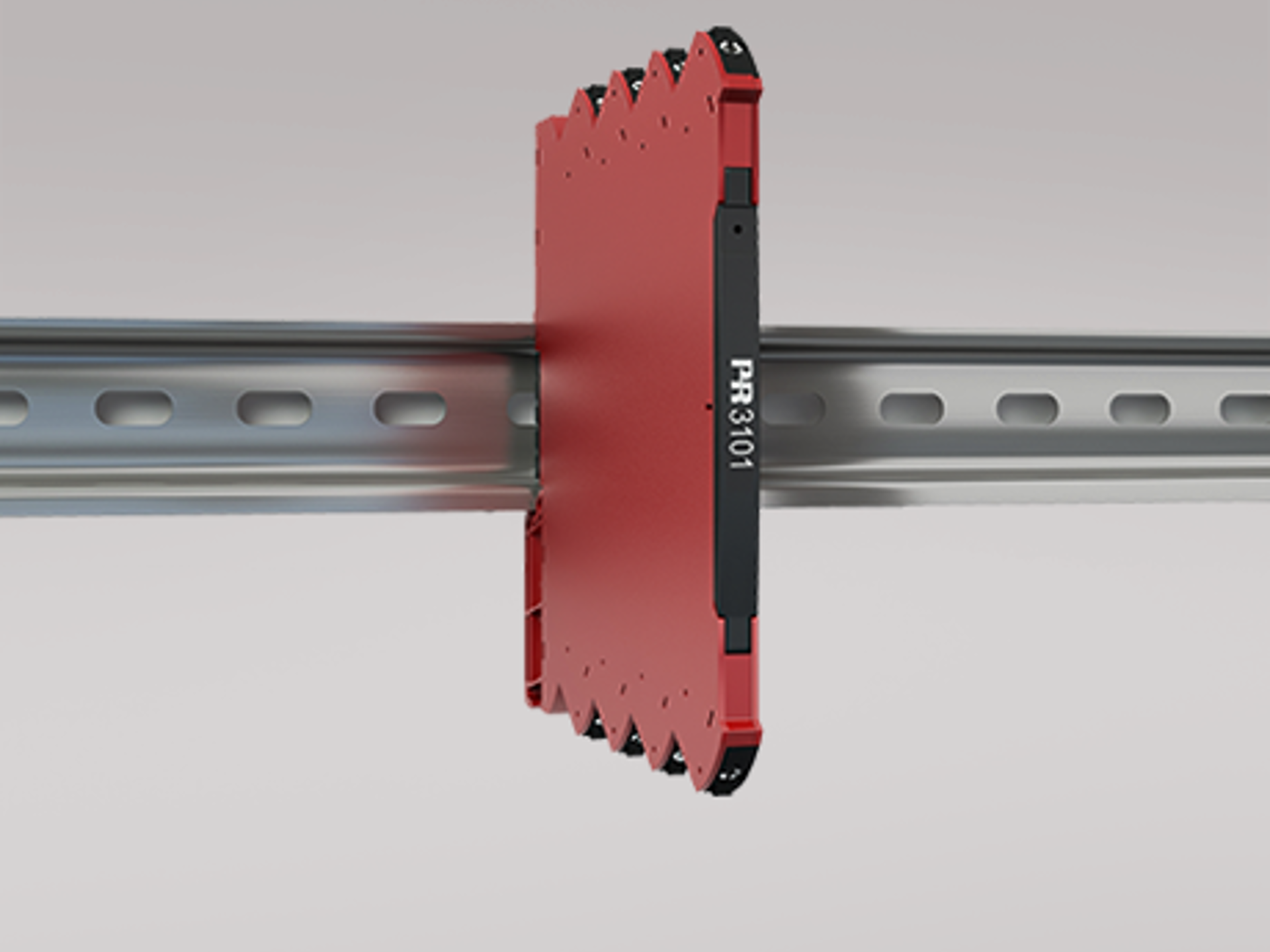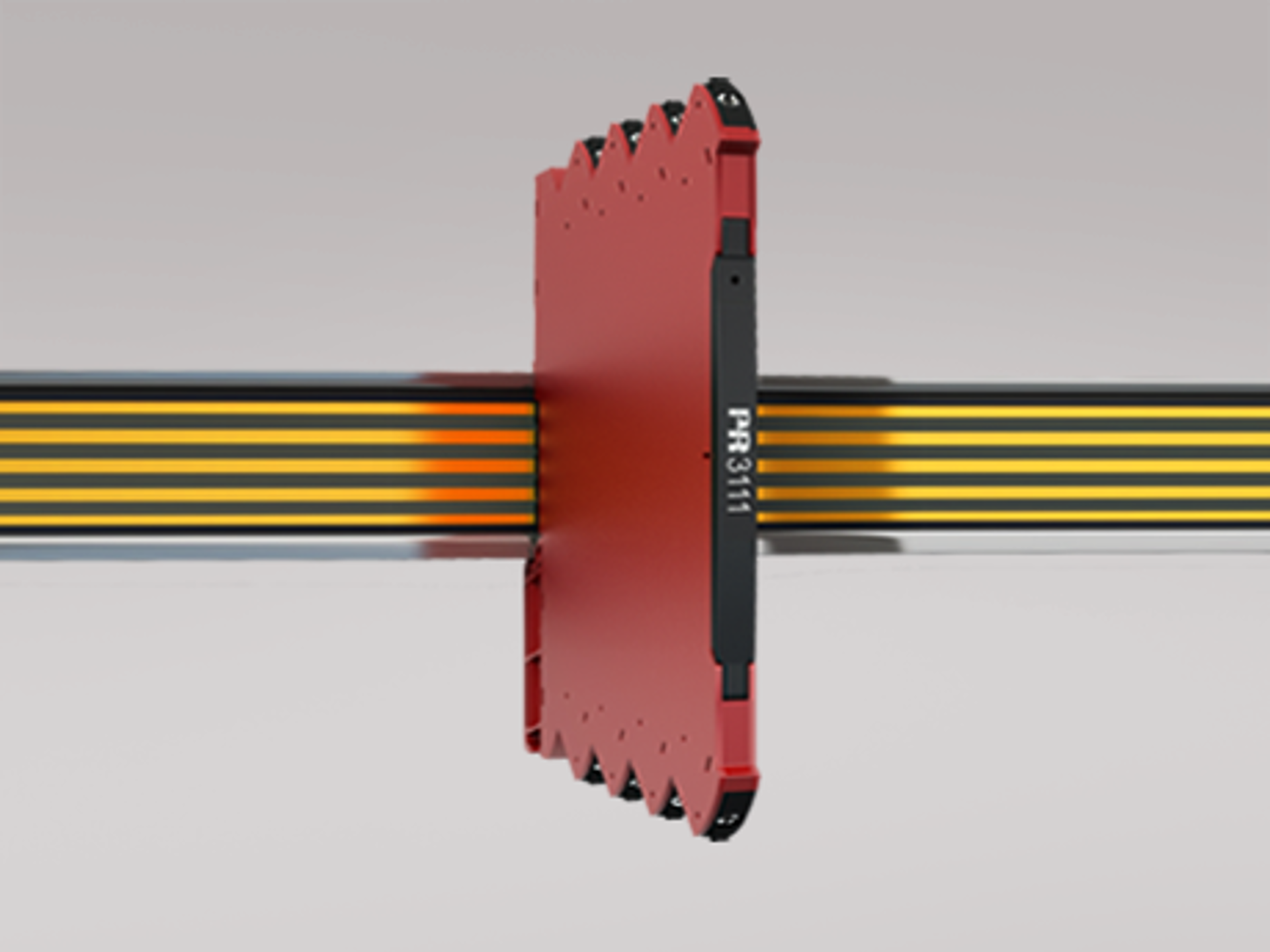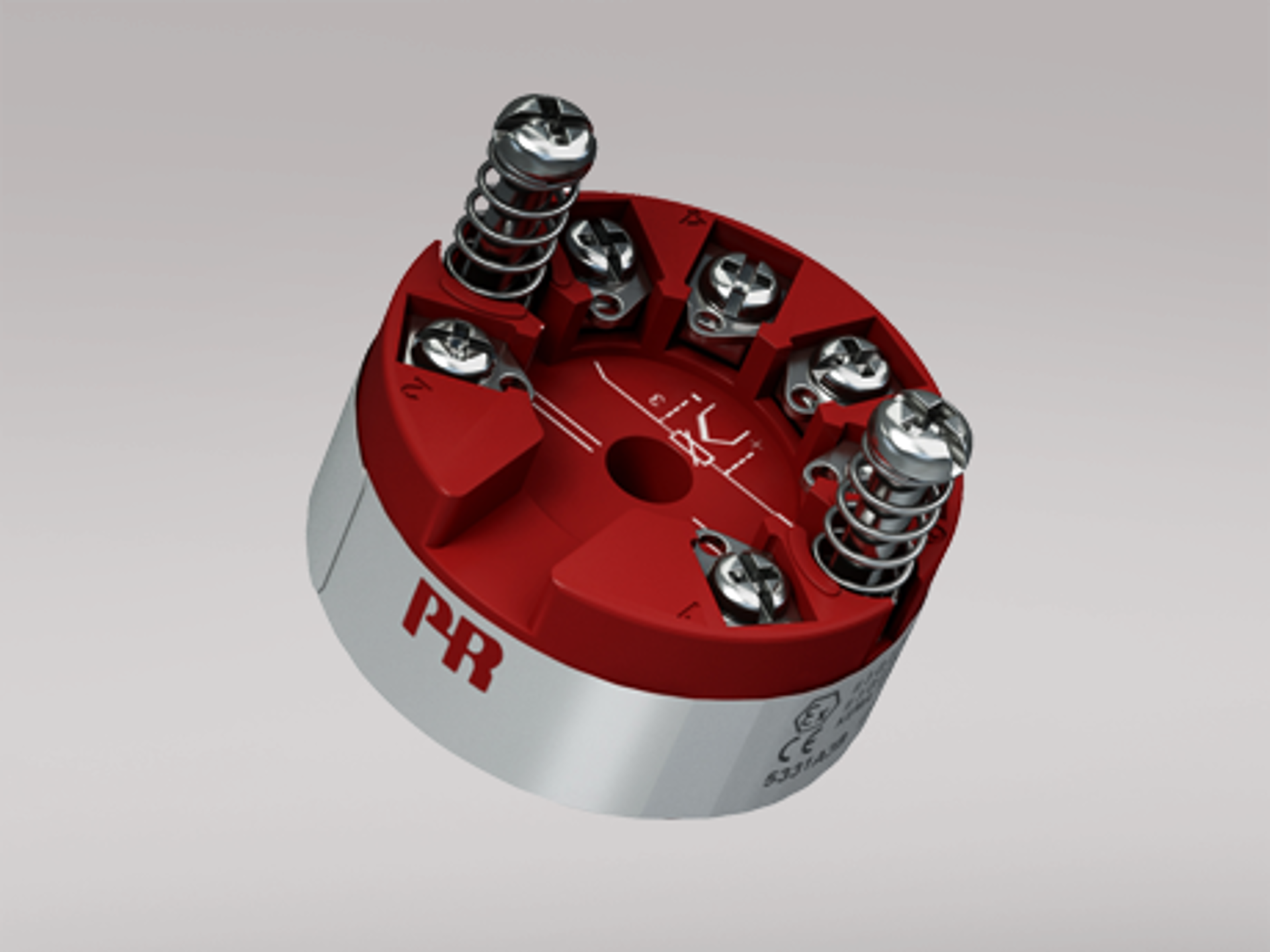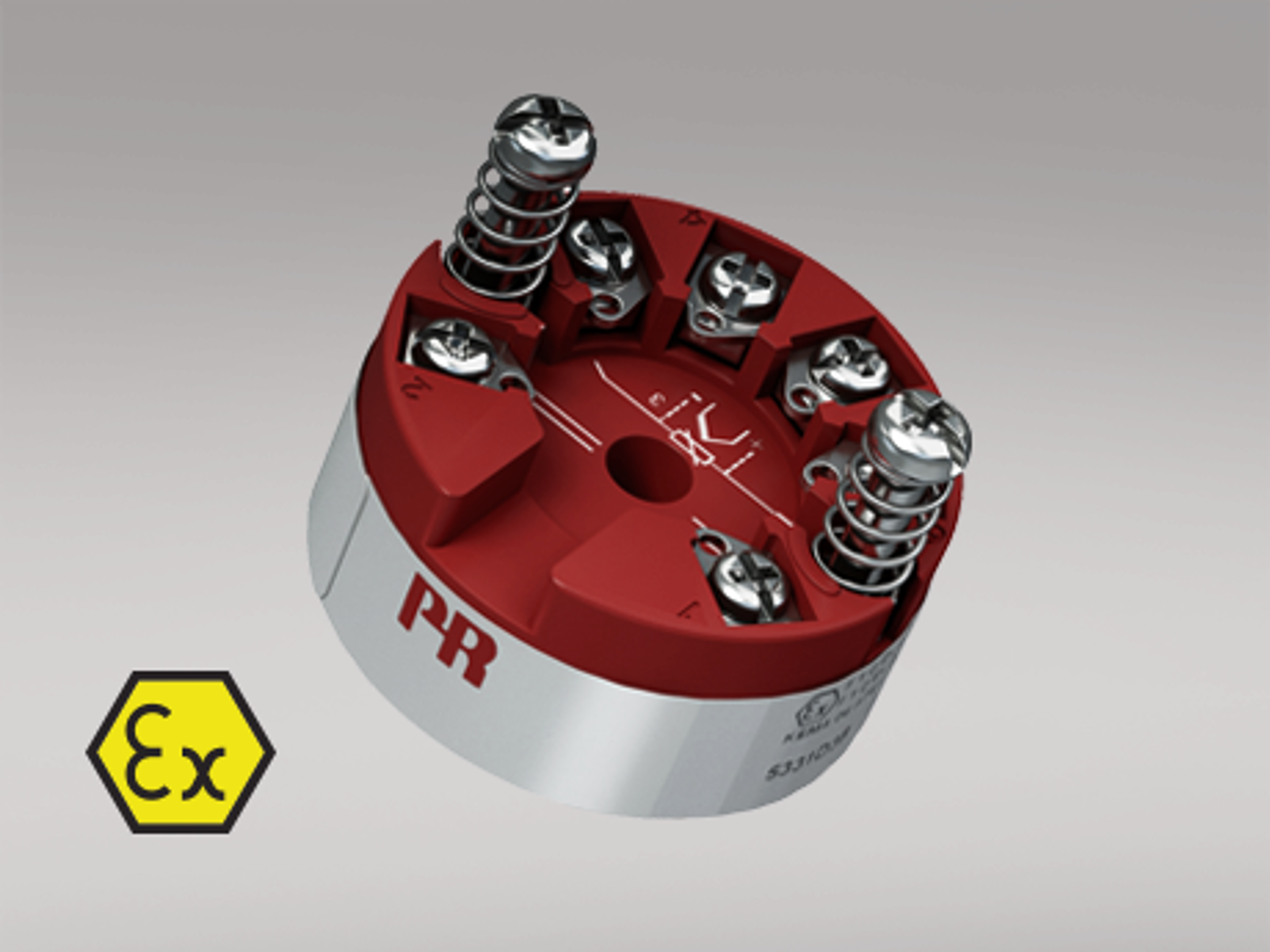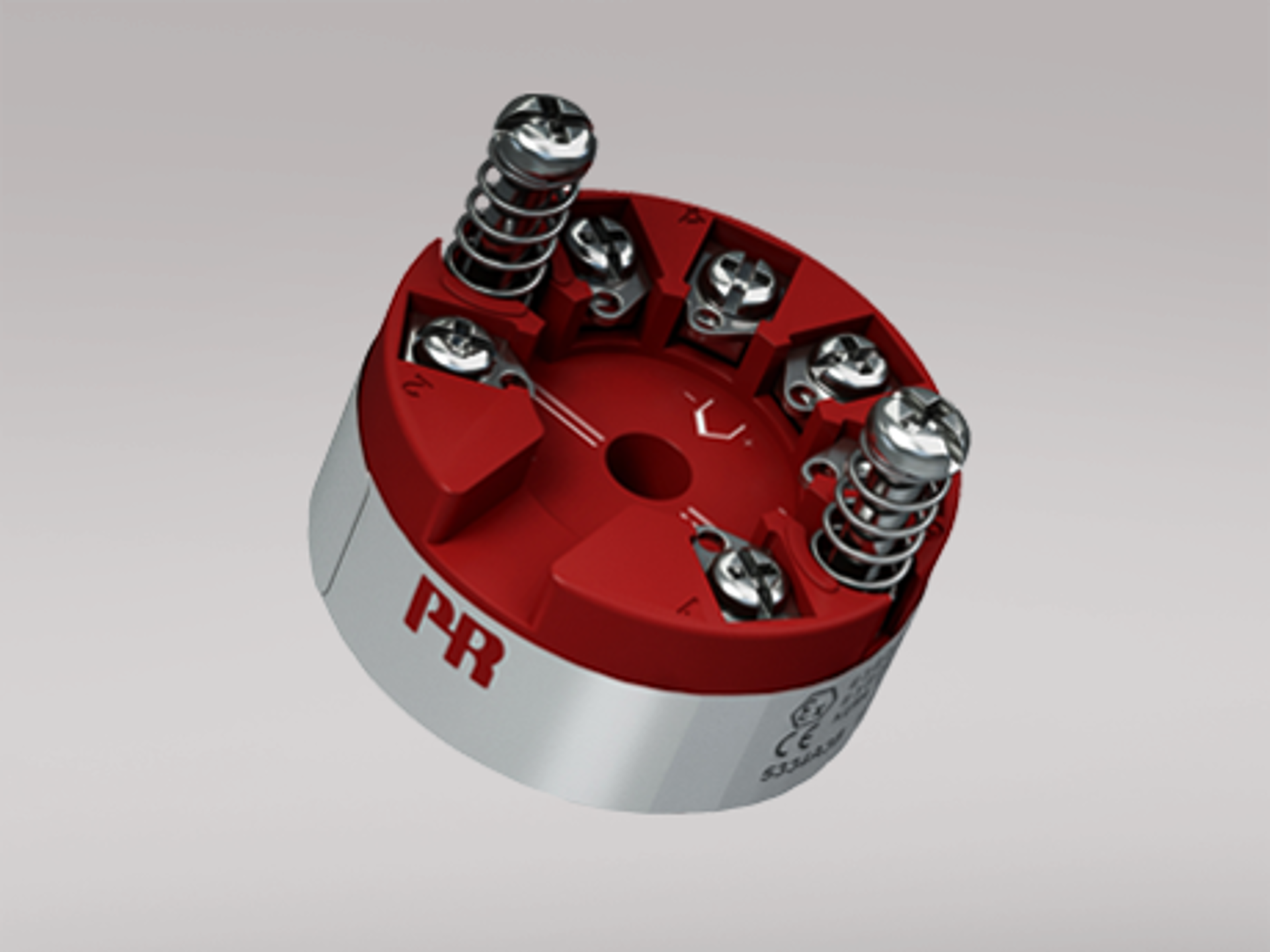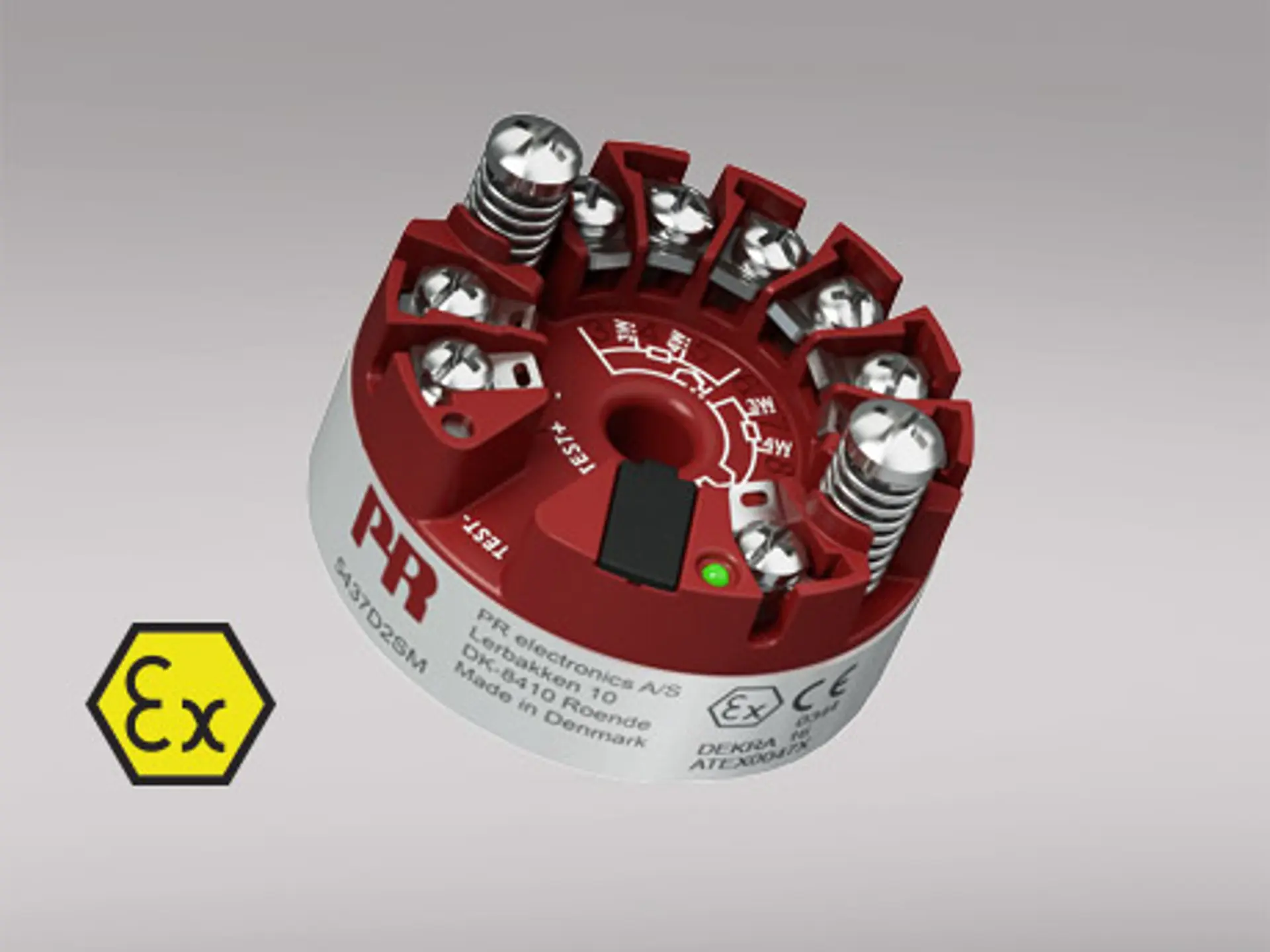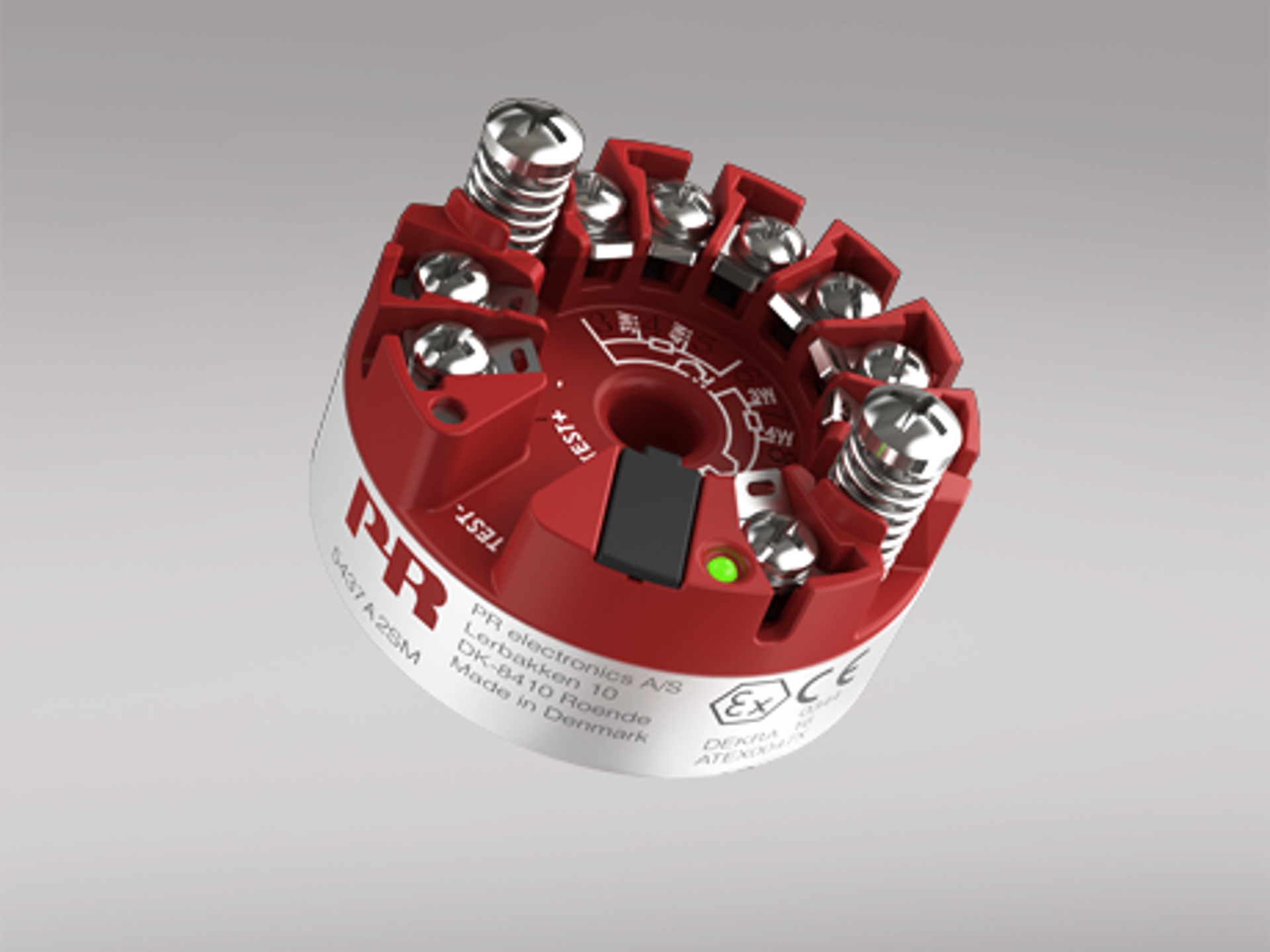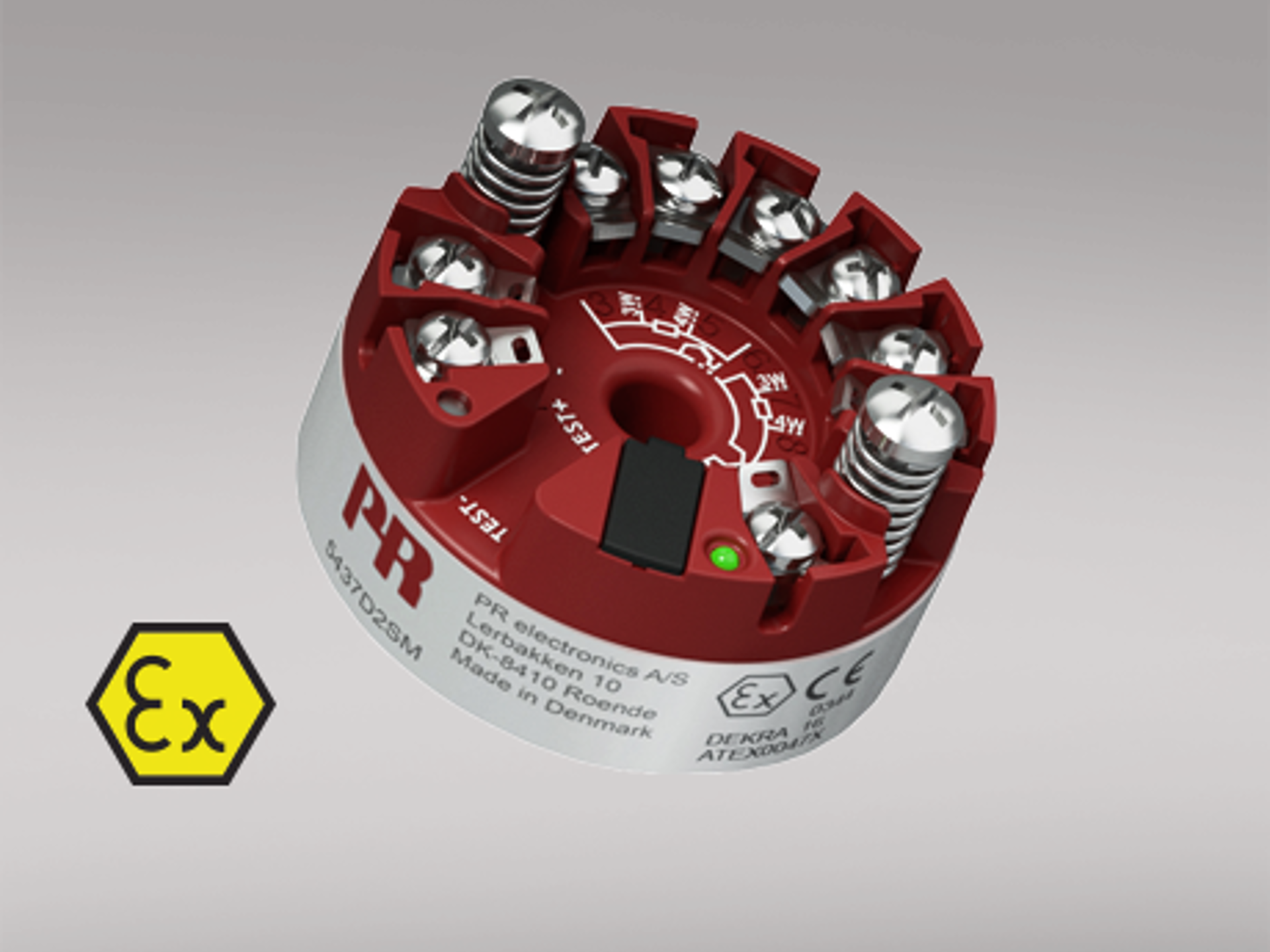RTD vs TC: Choosing the right sensor for temperature measurement
In industrial and commercial temperature measurement, RTDs (Resistance Temperature Detectors) and TCs (Thermocouples) are two widely used options.
While both provide precise readings, their distinct characteristics make them suited for different applications. Understanding the key differences between RTDs and thermocouples can help businesses select the optimal sensor for their needs.
Selection of RTDs and TCs
RTDs are prized for their high accuracy and stability over a wide range of temperatures. They rely on the predictable relationship between temperature and electrical resistance, with platinum being the most common element. On the other hand, thermocouples are known for their ruggedness, broad temperature range, and quick response time, making them ideal for harsh environments.
Difference between RTD and thermocouple
The primary difference between RTDs and thermocouples lies in their working principles. RTDs measure temperature through changes in resistance, whereas thermocouples use the voltage generated by two dissimilar metals when exposed to heat. This fundamental distinction affects their performance, cost, and suitability for specific applications.
RTDs, such as the Pt100 temperature sensor, deliver precise measurements within a range of -50°C to +400°C, making them perfect for industries like food processing, pharmaceuticals, and HVAC.
Conversely, thermocouples, such as those supported by the transmitters in PR 3000 series DIN rail slim form factor products, and head mounted transmitters PR 5300 and PR 5400 series transmitters, excel in extreme conditions, with a typical range spanning from -200°C to +1,800°C, making them ideal for power generation, metalcasting, and chemical processing.
Key differences in performance and application
Accuracy and stability: RTDs provide higher accuracy and repeatability, especially at moderate temperatures. Thermocouples are slightly less accurate but compensate with their ability to handle extreme heat or cold.
Response time: Thermocouples have a faster response time, making them ideal for dynamic processes or sudden temperature changes. RTDs, with their slightly slower response, are better for applications where stability and precision are more critical.
Durability: Thermocouples are more robust and can withstand high vibrations, shocks, and corrosive environments. RTDs are relatively more fragile and suited for controlled environments.
Cost and installation: RTDs are generally more expensive but offer long-term stability. Thermocouples are more economical upfront and are easy to install in high-temperature applications.
PR 5437D HART-enabled temperature transmitter: versatility in RTD and TC applications
The PR 5437D HART-enabled temperature transmitter demonstrates the versatility of thermocouples and RTD sensors in industrial processes. Supporting a wide range of thermocouple types, this transmitter ensures precise measurements with accuracy up to 0.014%.
Features such as sensor redundancy and drift detection enhance reliability, ensuring consistent performance in dynamic environments. A wide range of RTD sensors are predefined, spanning from Pt10...10000 over Nickel-based sensors Ni10...10000 to copper Cu5...1000 - and with the ability to program your own linearization polynomial for your rare sensor element. An extremely high basic accuracy with a Pt100 sensor of only ≤ ±0.04°C, you are set for accurate measurements in your application.
With an operating temperature range of -50°C to +85°C and compliance with industry-wide Ex standards, the PR 5437D transmitter is ideal for hazardous areas, including Zone 0, 1, and 2. Its ability to map dynamic variables like differential and average temperature ensures optimal process control in applications requiring precise temperature monitoring.
How to identify RTD and thermocouple sensors
RTDs and thermocouples can be identified by their construction and wiring:
-
RTD sensors typically use a platinum element and are available in 2-wire, 3-wire, or 4-wire configurations. The Pt100 designation indicates a resistance of 100 ohms at 0°C.
-
Thermocouples consist of two dissimilar metal wires joined at one end, with specific types (e.g., Type J, K, or T) determining their temperature range and characteristics.
Understanding these differences ensures correct identification and integration into temperature measurement systems.
Learn about the differences between RTD and TC and their characteristics by watching this informative video [RTD versus Thermocouples sensors]
Applications for RTD and TC sensors
RTDs are best suited for applications demanding high accuracy and stability, such as in laboratories, cleanrooms, and HVAC systems. Industries relying on precise temperature control, like food processing and pharmaceuticals, benefit from RTDs' consistent performance.
Thermocouples excel in high-temperature, fast-response applications like furnaces, turbines, and metal processing. Their rugged construction makes them indispensable in environments with high mechanical stress or corrosive conditions.
Choosing between RTD and TC sensors
Selecting between RTD and TC sensors depends on the specific needs of your application. RTDs like these provide unmatched accuracy and stability for moderate temperature ranges. Meanwhile, thermocouples paired with advanced transmitters like the PR 5437D are ideal for high-temperature, high-durability requirements.
By understanding the strengths and limitations of RTDs and thermocouples, industries can optimize their temperature measurement systems, ensuring reliability, precision, and efficiency in their operations.

